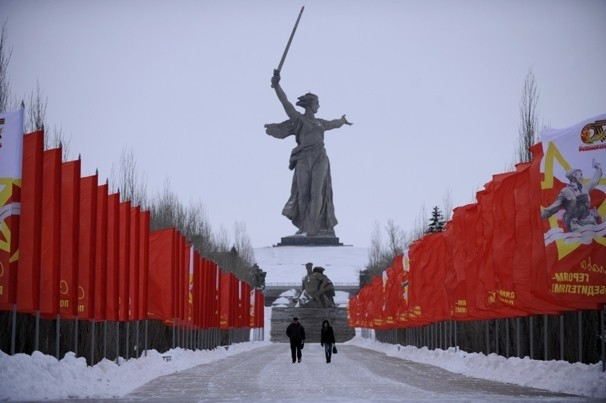Battle Of Stalingrad (1942)
The Battle of Stalingrad, a significant military conflict between German and Soviet forces during World War II, occurred in the city of Stalingrad (now Volgograd) in southwestern Russia from August 23, 1942, to February 2, 1943. This battle is widely regarded as a turning point in the war and stands as one of the deadliest confrontations in human history.
Casualties:
The Battle of Stalingrad inflicted immense human losses on both sides, although determining precise figures is challenging due to the chaotic nature of the fighting. Estimates suggest that the total number of military and civilian casualties ranged from 1.2 to 2 million. The Soviet Union endured approximately 1 million soldiers killed, wounded, or captured, while Germany and its allies suffered around 800,000 to 900,000 casualties.
Impact:
The Battle of Stalingrad had significant strategic and psychological implications for both the Soviet Union and Nazi Germany.
1. Strategic Significance: Germany aimed to capture Stalingrad, an industrial city on the Volga River, and secure regional resources. However, the Soviet forces staunchly defended the city, transforming it into a brutal urban warfare battleground. The successful defense of Stalingrad by the Soviet Union not only halted the German advance into the Caucasus but also forced the Wehrmacht onto the defensive for the remainder of the war.
2. Turning Point: The German defeat at Stalingrad marked a turning point in World War II, shattering the myth of German invincibility and exposing their vulnerabilities. It bolstered the morale of Soviet forces and the Allied powers, signifying the diminishing offensive capabilities of Hitler's regime.
3. Loss of Experienced Troops: The German losses in Stalingrad were substantial in terms of both soldiers and equipment. The defeat resulted in the demise of highly experienced and battle-hardened troops, exerting a lasting impact on the overall strength of the German military.
Officers Involved:
Numerous notable military officers played roles in the Battle of Stalingrad on both sides. Here are key figures:
German:
- Adolf Hitler: As the German dictator, Hitler bore ultimate responsibility for the military campaign and strategic decisions. However, he largely disregarded the counsel of his generals, leading to disastrous consequences.
- Friedrich Paulus: He commanded the German 6th Army during the battle and eventually surrendered. This surrender marked the first time in German military history that an entire army capitulated.
- Erich von Manstein: A skilled German field marshal, von Manstein played a critical role in the early stages of the battle but failed to reverse the course of events.
Soviet:
- Joseph Stalin: The Soviet leader closely monitored the situation in Stalingrad and issued orders to the Red Army. His leadership and determination significantly contributed to the eventual victory of the Soviet Union.
- Georgy Zhukov: One of the most prominent Soviet generals, Zhukov was responsible for planning and coordinating the counteroffensive that encircled the German forces in Stalingrad.
- Vasily Chuikov: As the commander of the Soviet 62nd Army, Chuikov led the defense of Stalingrad and played a crucial role in the city's ultimate liberation.
Official Statements:
- Adolf Hitler: Initially, Hitler refused to acknowledge the severity of the situation and ordered his troops to fight to the last man. However, as desperation grew, he prohibited Paulus from surrendering, ultimately resulting in the capture of the entire German 6th Army. Hitler's official statements downplayed the significance of the defeat and aimed to maintain morale.
- Joseph Stalin: Stalin recognized the importance of Stalingrad and its symbolic value for the Soviet Union. In his public statements, he commended the army's perseverance and highlighted the heroic resistance
Thus Was the End of The Bloodiest Battle Of World War 2.
Thanks For Reading









Comments
Post a Comment